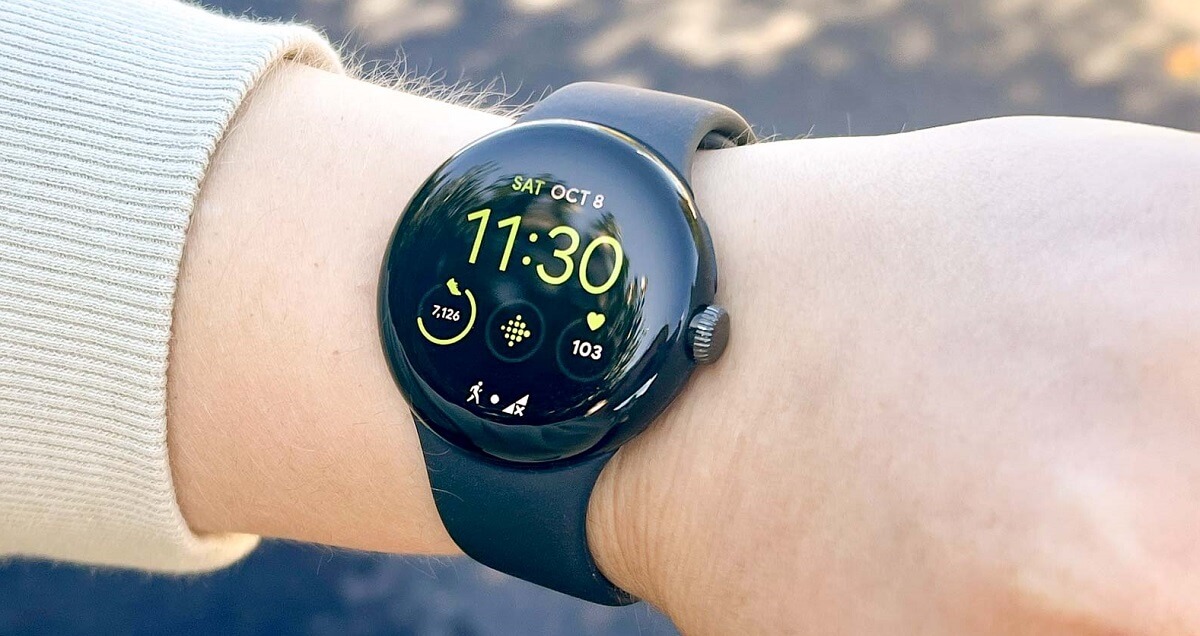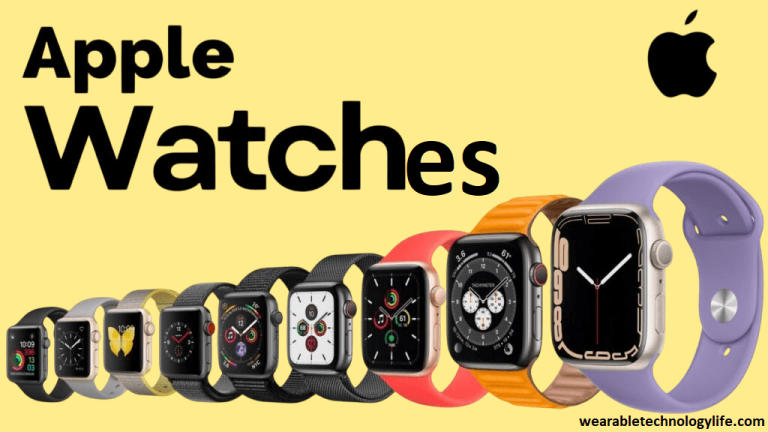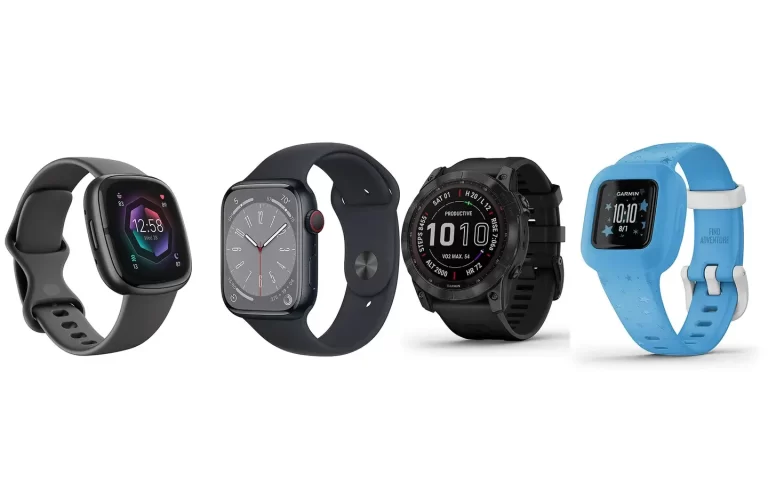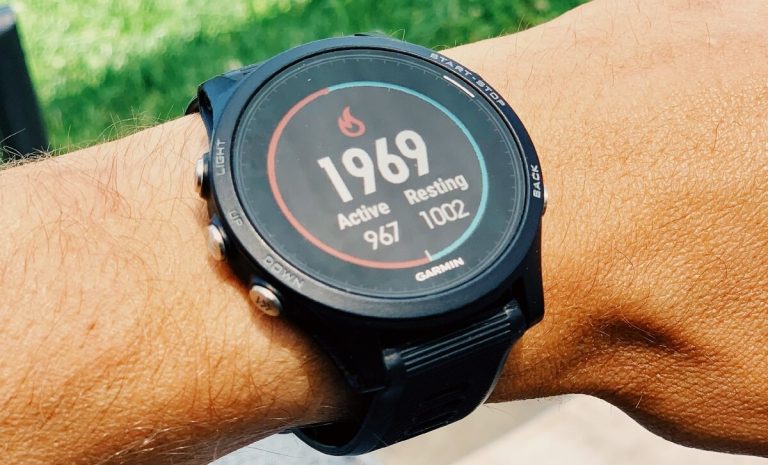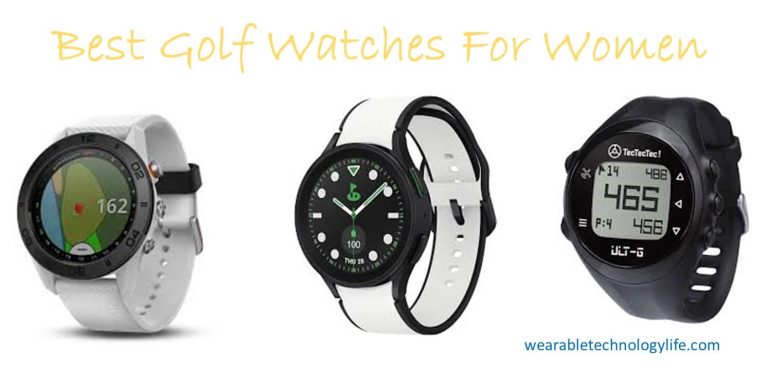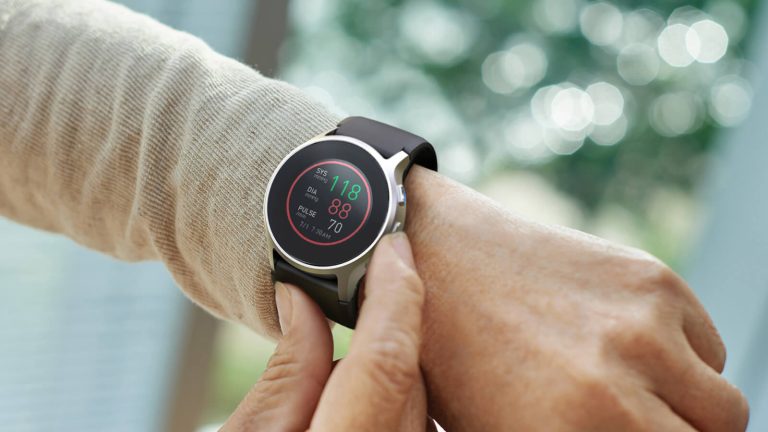How Long Do Smartwatches Last? (Battery Life Explained)
Smartwatches have revolutionized the way we interact with technology on a daily basis. With advanced features these wrist-worn gadgets have become part of our modern lives. But have you ever wondered how long do smartwatches last?
In this guide, we go into the intriguing world of smartwatch longevity and explore the factors that influence their lifespan.
Whether you’re a tech enthusiast looking to invest in a new smartwatch or a current owner curious about the future of your device, this post will provide you with valuable insights into how long you can expect your smartwatch to last.
First, we’ll uncover the mysteries surrounding smartphone battery life expectancy—the lifeblood of any electronic device.
We’ll examine the various factors that impact a smartwatch’s battery life, such as display type, processor power, operating system efficiency, and even the intensity of your usage patterns.
By understanding these factors, you’ll gain a clearer picture of how different smartwatch brands and models perform in terms of battery life.
Additionally, we’ll compare the battery life of smartwatches to their traditional counterparts, the classic watches. While traditional watches have long been known for their longevity, smartwatches introduce a whole new level of complexity with their multi-functionality and connectivity.
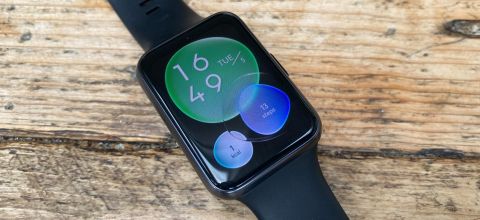
It’s fascinating to explore how smartwatches manage to strike a balance between feature-rich experiences and a lasting battery.
So, if you’ve ever found yourself pondering the lifespan of your smartwatch or contemplating a new purchase, join me as we uncover the secrets behind smartwatch longevity.
Get ready to explore the world of battery life, charging methods, battery optimization tips, and even how to replace a smartwatch battery when the time comes.
Together, we’ll unlock the mysteries surrounding the lifespan of these technological marvels and equip you with the knowledge to make informed decisions about your smartwatch journey.
How Long Do Smartwatches Last? Battery Life Expectancy
As smartwatches continue to evolve, one of the key concerns for consumers is the battery life of these devices. After all, what good is a feature-packed smartwatch if it can’t last through the day?
Several factors contribute to the battery life of a smartwatch. One of the primary factors is the type of display used. Smartwatches typically employ either OLED (organic light-emitting diode) or LCD (liquid crystal display) screens.

OLED displays are known for their vibrant colors and deep blacks, but they can be more power-hungry compared to LCD screens. Manufacturers have been working on improving OLED efficiency, but it’s important to note that the choice of display technology can impact battery life.
Another crucial factor is the processing power of the smartwatch. More powerful processors are often found in high-end smartwatches that offer advanced features and smooth user experiences. However, these processors consume more energy, leading to a potential trade-off between performance and battery life.
It’s worth considering the balance between processing power and battery efficiency when choosing a smartwatch.
The operating system (OS) running on the smartwatch also plays a role in battery consumption. Different OS platforms have varying degrees of power optimization. For example, Wear OS by Google and watchOS by Apple have made strides in optimizing power usage, resulting in improved battery life for their respective smartwatches.
It’s essential to research the efficiency of the OS on a specific smartwatch model before making a purchase.
Your personal usage patterns and habits can significantly impact the battery life of your smartwatch. Activities such as continuous GPS tracking, music streaming, and intense app usage can drain the battery more quickly.
On the other hand, using power-saving modes, reducing screen brightness, and minimizing unnecessary notifications can help extend the battery life. It’s important to strike a balance between enjoying the full functionality of your smartwatch and conserving battery power when needed.
Now let’s talk about the average battery life you can expect from different smartwatch brands and models.
It’s important to note that battery life can vary widely depending on the specific smartwatch, its features, and usage.
As of now, most smartwatches offer an average battery life of one to two days with normal usage. However, some models excel in this department and can provide longer endurance.
Apple Watch Series 6, for instance, offers up to 18 hours of battery life, making it a solid choice for Apple ecosystem enthusiasts. On the Android side, the Samsung Galaxy Watch 4 can last around 48 hours (2 days) on a single charge, thanks to its power-efficient Exynos processor and optimized software.
Fitbit Versa 3 is another notable contender, boasting a battery life of approximately 72 hours (six days), which is impressive compared to many other smartwatches.
In the mid-range segment, you’ll find smartwatches like the Garmin Forerunner 245, which can last up to 84 hours (seven days), focusing on fitness tracking and endurance.
If battery life is your top priority, hybrid smartwatches like the Withings Steel HR Sport deserve mention. These devices combine analog watch faces with smart features, offering battery life of up to 25 days or more.
Ultimately, the battery life you can expect from a smartwatch depends on your usage patterns, the specific model you choose, and the optimizations implemented by the manufacturer.
It’s important to read reviews, check battery life ratings, and consider your own needs before making a purchase decision.
However, it’s important to remember that these figures are estimates, and actual battery life may vary based on individual usage patterns and settings. Power-hungry features like continuous GPS tracking and music streaming can significantly impact battery consumption.
To maximize battery life, consider using power-saving modes, reducing screen brightness, and managing notifications.
It’s also worth noting that advancements in technology continue to improve the battery life of smartwatches. Manufacturers are constantly working on optimizing power efficiency, which may result in longer-lasting batteries in future models.
Additionally, charging methods, such as fast charging and wireless charging, are becoming more prevalent, allowing users to quickly and conveniently recharge their smartwatches.
Ultimately, the battery life of a smartwatch is a crucial aspect to consider when making a purchase. Understanding the factors that influence battery consumption and researching the average battery life of different models will help you make an informed decision based on your specific needs and preferences.
Smartwatch Charging Methods
When it comes to keeping your smartwatch powered up, there are several charging methods available. Each method has its own set of advantages and considerations.
1. Magnetic Charging Cable
One of the most common charging methods for smartwatches is a magnetic charging cable. This type of cable features a magnetic connector that attaches to the back of the smartwatch, ensuring a secure and reliable connection.
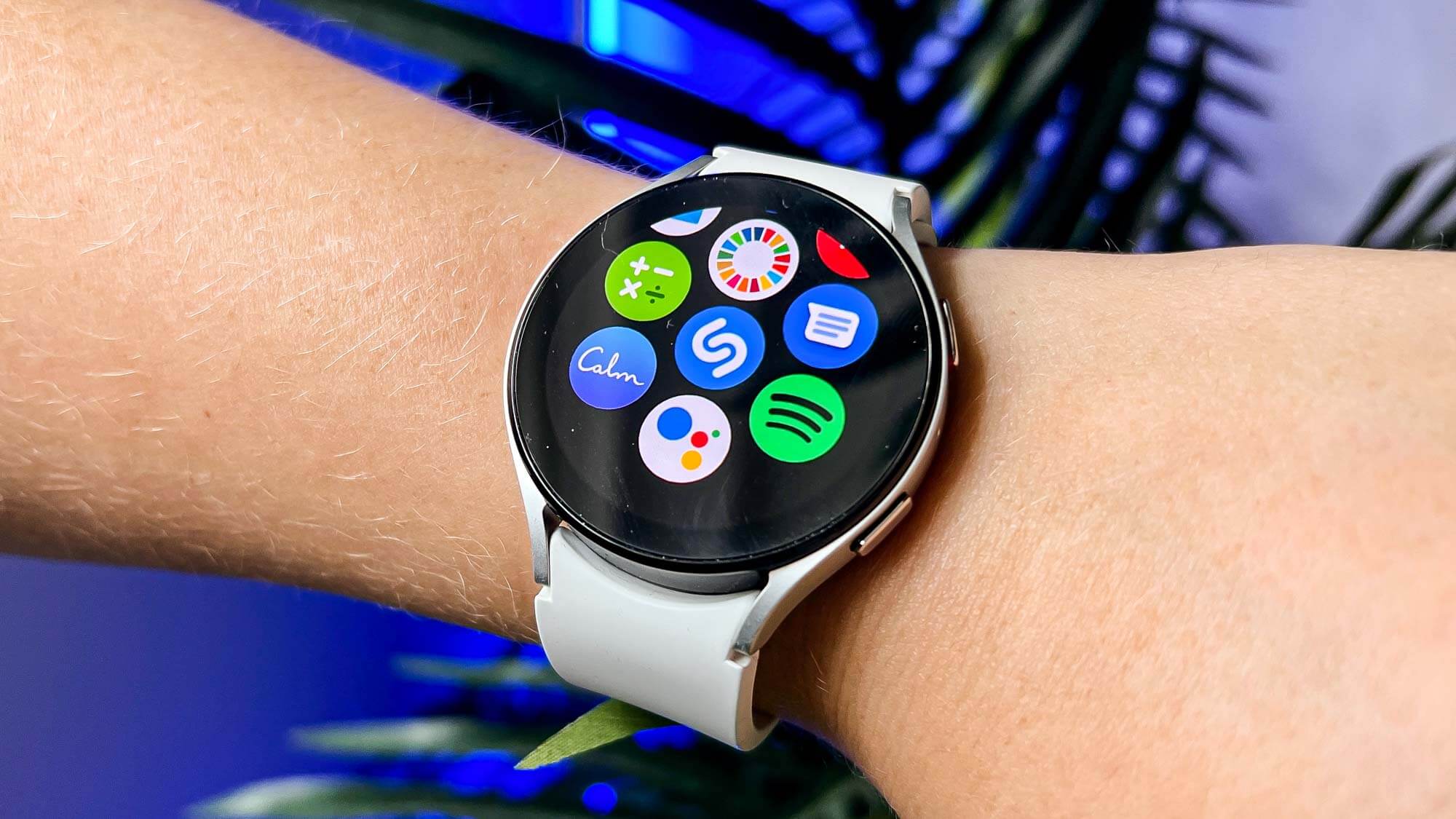
The cable is then plugged into a power source, such as a USB port or wall adapter. Magnetic charging cables are convenient, widely available, and provide a stable charging experience.
2. Wireless Charging
Wireless charging has gained popularity in recent years, offering a cable-free and hassle-free charging experience. Smartwatches with wireless charging capabilities can be placed on a charging pad or dock, and the power is transferred through induction.
This method eliminates the need for cables and connectors, providing a sleek and clutter-free charging solution. However, it’s important to note that wireless charging may be slower compared to direct cable connections.
3. Docking Stations
Some smartwatches come with dedicated docking stations that provide a convenient and stylish way to charge the device. These docking stations often feature a stand or cradle where the smartwatch can be placed for charging.
Docking stations not only charge the smartwatch but also serve as an elegant display stand when not in use. They are particularly popular for smartwatches with a more premium design aesthetic.

When it comes to charging your smartwatch, it’s essential to follow some best practices to maintain optimal battery performance:
- Use the provided charging cable or dock specifically designed for your smartwatch model to ensure compatibility and safe charging.
- Avoid overcharging by disconnecting the smartwatch from the power source once it reaches a full charge. Continuous overcharging can potentially degrade the battery life over time.
- Keep the charging connectors and ports clean and free from debris. Dust or dirt accumulation can hinder the charging process and affect the connection.
- If you plan to store your smartwatch for an extended period, ensure that it has at least a partial charge to prevent deep discharge, which can harm the battery.
By following these charging best practices, you can maintain the health and longevity of your smartwatch’s battery.
Smartwatch Battery Optimization Tips
While smartwatches have made significant strides in battery efficiency, it’s still crucial to optimize their battery performance to ensure they last as long as possible.
- Adjust Screen Brightness: The screen is one of the most power-consuming components of a smartwatch. By reducing the screen brightness to a comfortable yet lower level, you can significantly conserve battery power. Many smartwatches offer brightness adjustment settings that allow you to find the right balance between visibility and battery efficiency.
- Manage Notifications: Notifications can be helpful, but receiving excessive notifications can drain your smartwatch’s battery quickly. Consider customizing your notification settings to receive only essential alerts. This way, you’ll avoid unnecessary vibrations and screen wake-ups, preserving battery life throughout the day.
- Optimize App Usage: Certain apps on your smartwatch, such as fitness trackers or music streaming services, can be power-hungry. Be mindful of the apps you have installed and their impact on battery life. If you notice a particular app consuming excessive battery, consider closing it or restricting its background activity.
- Use Power-Saving Mode: Many smartwatches offer a power-saving mode or battery saver mode. Enabling this mode reduces certain features and functionality to conserve battery power. While in power-saving mode, non-essential features like animations or always-on display may be disabled, but it can significantly extend your smartwatch’s battery life when you need it the most.
- Adjust Heart Rate Monitoring Frequency: Continuous heart rate monitoring can consume a considerable amount of battery power. If you don’t require real-time heart rate data throughout the day, consider adjusting the monitoring frequency to intervals that suit your needs. This way, you can strike a balance between monitoring accuracy and battery efficiency.
- Limit Always-On Display: The always-on display feature can be convenient, allowing you to glance at the time or other information without having to wake up the screen. However, it can also be a significant drain on your smartwatch’s battery. If battery life is a concern, consider disabling the always-on display or setting it to activate only when you raise your wrist.
- Customize Syncing and Connectivity: Smartwatches often have various connectivity options like Wi-Fi, Bluetooth, and cellular connectivity. Adjusting the syncing and connectivity settings can help conserve battery power. For instance, disabling unnecessary Wi-Fi or Bluetooth connections when you’re not using them can minimize battery drain.
- Keep Firmware and Apps Updated: Manufacturers often release firmware updates that optimize battery performance and address any known issues. Similarly, keeping your smartwatch apps up to date ensures you have the latest bug fixes and battery optimizations. Regularly check for updates and install them to maintain optimal battery efficiency.
- Avoid Extreme Temperatures: Extreme temperatures, both hot and cold, can negatively impact battery life. Avoid exposing your smartwatch to extreme temperature conditions, as they can affect the battery’s performance and overall lifespan. If you’re in an environment with extreme temperatures, it’s advisable to remove your smartwatch and keep it at a moderate temperature.
By implementing these battery optimization tips, you can significantly extend the battery life of your smartwatch and enjoy a longer-lasting experience.
Remember that battery optimization is a balancing act, and it’s essential to find the right balance between functionality and battery efficiency based on your individual needs.
How to Replace a Smartwatch Battery
Over time, the battery of your smartwatch may begin to degrade, resulting in reduced battery life. Fortunately, many smartwatches have replaceable batteries, allowing you to extend the lifespan of your device.
Signs that indicate it’s time to replace the smartwatch battery
-
- Consistently short battery life even after optimizing settings and usage.
- Rapid battery drain or sudden power loss.
- Difficulty in charging the smartwatch or irregular charging behavior.
- Swollen or deformed battery.
If you notice any of these signs, it’s likely that the battery needs to be replaced. It’s important to note that not all smartwatches have user-replaceable batteries, so be sure to check your device’s user manual or consult the manufacturer’s website to confirm if your model allows battery replacement.
Steps for replacing a smartwatch battery
-
- Gather the necessary tools: To replace the battery, you’ll need a small screwdriver set, a plastic prying tool, and a replacement battery suitable for your smartwatch model.
- Power off and prepare the smartwatch: Make sure your smartwatch is powered off. If possible, remove any straps or bands to have better access to the battery compartment.
- Open the smartwatch case: Carefully locate and remove the screws securing the back cover of the smartwatch. Use the appropriate screwdriver to avoid damaging the screws or the case. Once the screws are removed, gently pry open the back cover using the plastic prying tool. Be cautious not to damage any internal components or cables.
- Locate and remove the battery: Identify the battery within the smartwatch. It may be secured with adhesive or held in place with small clips. Use the prying tool to gently lift the battery and disconnect any connectors or cables attached to it. Take note of the battery’s orientation to ensure proper placement of the replacement battery.
- Install the replacement battery: Take the new battery and carefully connect any cables or connectors to match the original battery’s configuration. Place the replacement battery in the designated location within the smartwatch. Ensure that it is seated properly and securely.
- Close the smartwatch case: Align the back cover with the smartwatch case and press it firmly to ensure a proper seal. Insert and tighten the screws to secure the back cover in place.
- Power on and test: Power on your smartwatch to verify that the new battery is working correctly. Monitor the battery performance to ensure it is functioning as expected.
It’s worth noting that the process of replacing a smartwatch battery can vary depending on the model and manufacturer.
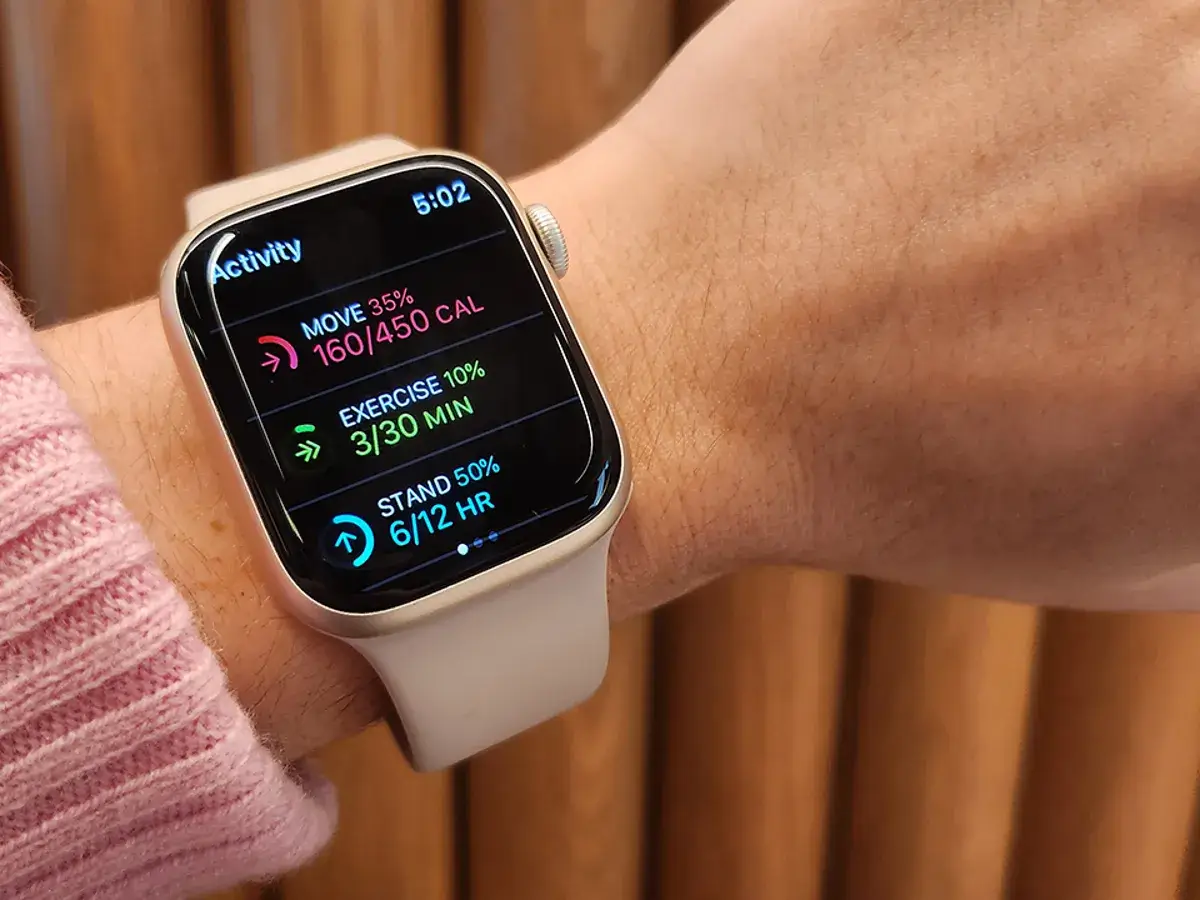
It’s always recommended to refer to the specific instructions provided by the manufacturer or seek professional assistance if you’re unsure or uncomfortable with performing the replacement yourself.
By following these steps, you can replace the battery of your smartwatch and continue enjoying its functionality for an extended period.
Remember to handle the battery and internal components with care to avoid any damage, and always use the appropriate tools for the job.
Closing Remarks
Understanding the lifespan of a smartwatch and how to optimize its battery performance are crucial for getting the most out of your device.
Battery life is a critical consideration when it comes to smartwatches. Various factors, such as display type, processor power, operating system efficiency, and usage patterns, influence how long a smartwatch can last on a single charge.
OLED displays, powerful processors, and intense usage can drain the battery faster, while LCD displays, optimized processors, and mindful usage can help extend battery life.
When comparing smartwatch brands and models, it’s essential to research their average battery life. Apple Watch Series 6 offers up to 18 hours of battery life, Samsung Galaxy Watch 4 lasts around two days, Fitbit Versa 3 can go up to six days, and Garmin Forerunner 245 offers up to seven days.
Hybrid smartwatches like the Withings Steel HR Sport can even last up to 25 days or more.
We learned that the battery life of a smartwatch can vary depending on factors such as usage patterns, features, and the efficiency of the device.
It’s important to research and consider the average battery life of different models before making a purchase.
We also discussed different charging methods, including magnetic charging cables, wireless charging, and docking stations. Each method has its own advantages, and choosing the most suitable one for your needs and lifestyle is essential.
To optimize battery performance, we explored several tips such as adjusting screen brightness, managing notifications, optimizing app usage, and utilizing power-saving modes. By implementing these practices, you can extend the battery life of your smartwatch and enhance your overall user experience.
As technology continues to advance, smartwatch batteries are becoming more efficient, and manufacturers are constantly working on improving battery life. It’s an exciting time for smartwatch enthusiasts, with new features and innovations continually being introduced.
By understanding the lifespan of smartwatches and implementing battery optimization techniques, you can ensure that your smartwatch remains a reliable companion throughout its lifespan.
Whether you’re tracking your fitness goals, receiving important notifications, or simply checking the time, a well-maintained smartwatch will continue to enhance your daily life.
Stay up to date with the latest developments in smartwatch technology and battery efficiency, as these advancements will further enhance the user experience and extend the lifespan of these innovative wearable devices.
Enjoy the convenience and functionality of your smartwatch while making the most of its battery life!

